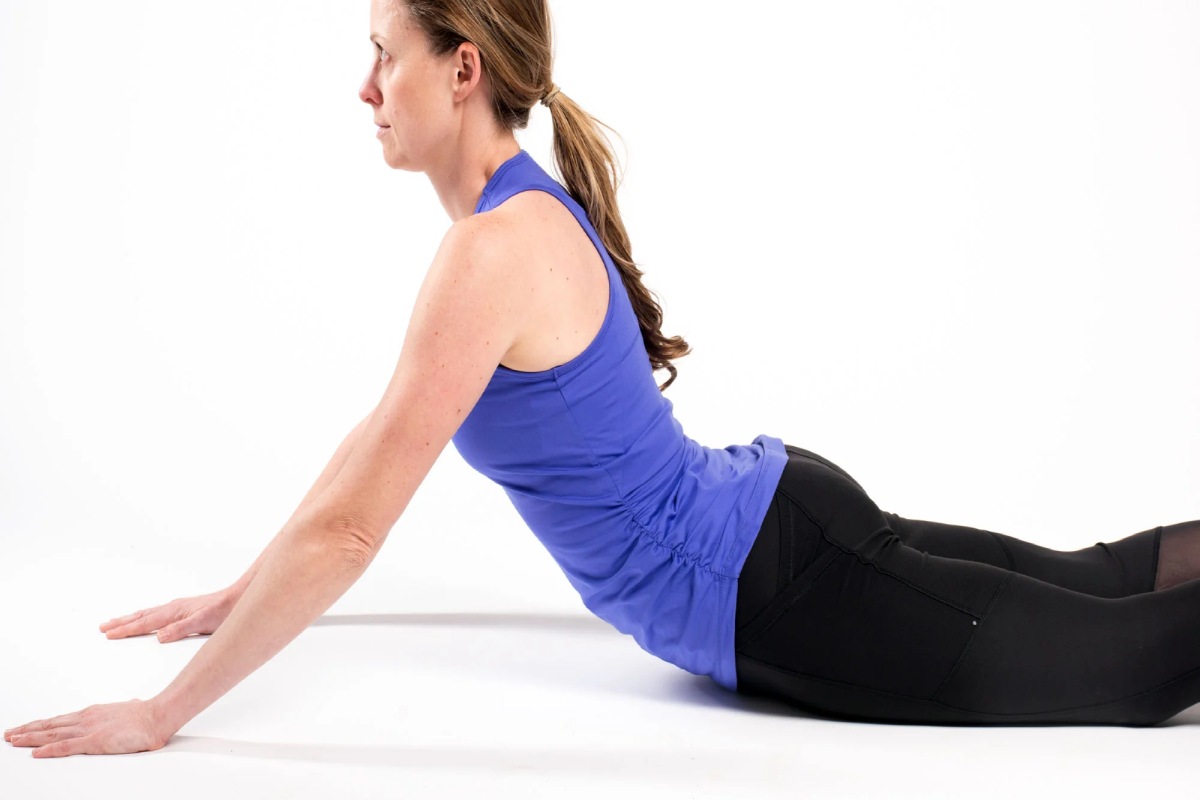If you have pain, limited range of motion or other discomforts in your pelvic area, your quality of life can be severely compromised. In this case, you may need pelvic floor physical therapy. These are strategies to help you reduce or eliminate your pelvic dysfunction symptoms.
Table of Contents
Understand the Symptoms of Dysfunction
Several symptoms suggest that you may have a medical issue in your pelvic area. First, you may feel as if you have to use the bathroom frequently, but when you get there, you feel as if you have to force yourself to go.
Constipation or straining or pushing hard during bowel movements is another symptom. Be aware of any form of incontinence. Look for pain in your lower back, genitals, rectum or pelvic region without another cause. Finally, be aware of painful urination.
Learn About the Causes of Dysfunction.
Pelvic dysfunction has several causes. For women, childbirth, especially long labors and vaginal births, as well as menopause, can impact the pelvis. Be aware of strenuous exercise, especially high-impact exercises and weight lifting. Individuals who suffer from obesity and overweight can develop dysfunctions. These symptoms also result from chronic coughing and constipation.
Aging and frequent urination, interstitial cystitis or bowel movements with chronic straining can damage your pelvic floor. Also, consider nerve damage and traumatic injuries. Sitting for long periods of time can also encourage dysfunction.
Start Physical Therapy
The best physical therapy near Cherry Hill will guide you in exercises you can do at home as well as exercises and techniques you will complete in the clinic. Your therapist should show you several stretches that help you relax your pelvic muscles. However, you will also be responsible for completing Kegel and other exercises. You should also avoid straining when you go to the bathroom, get regular sleep, improve your diet, drink enough water and consider positive thinking techniques. A warm bath and massage can also help.
In the office, you may experience both internal and external treatments. For example, you could undergo skin rolling, joint mobilization, trigger point therapies and scar tissue release, which are external therapies. You will be directed to complete pelvic floor exercises, but you could undergo electrical stimulation therapy, biofeedback procedures, ultrasounds or vaginal dilators. Your therapist may also suggest stool softeners and other over-the-counter or prescription medications.
Reduce the Effect of Symptoms
Pelvic floor therapies reduce the symptoms of dysfunction. They increase your range of motion; reduce your overall pelvic pain, including pain during sex; and prevent chronic pain development. In addition, you can gain control of your bladder and bowels, developing proper patterns and preventing leakage.
Improve Your Quality of Life
The goal is to strengthen your pelvic floor muscles so that you can reduce pain and improve movement, but this process is not a sprint. It can take time to adequately strengthen these muscles, so have patience and don’t try to rush your recovery. After your physical therapy is completed, continue doing your at-home exercises, stretches and therapies to maintain your new quality of life.
As you search for physical therapy near me, look for those who offer a wide variety of treatment options and can guide you in at-home exercises and stretches.

